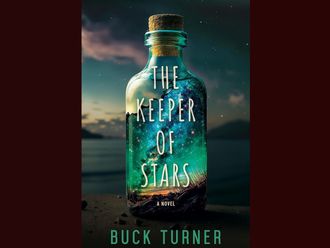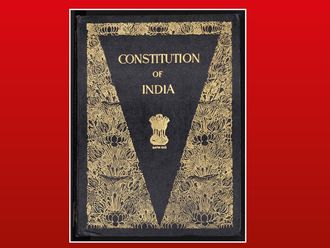
There is a fear I feel when I am in spaces dominated by powerful white people, and it can’t be captured on video. African Americans and other people of colour will understand the fear I feel, but after the past week — after watching Walter Scott run away from a white police officer and then fall as he is shot in the back, and watching others watch it — I am not sure white people will ever understand it, even when they, too bear witness to the violent end of a black life. Those who embrace the idea of respectability politics (like Bill Cosby, that moral compass) argue that if I am just smart enough, articulate enough, well-dressed enough, worthy of respect enough in everything but the colour of my skin, I will have nothing to fear.
Bootstrap thinking tells me that I should dismiss as a psychological failing the unique panic I feel when I’m in front of an all-white audience, or my worry that I’ll seem like an “ungrateful black writer” at a fancy venue at which I’ve been conditioned to feel unworthy (as BuzzFeed’s Saeed Jones put it ), or the fear I feel whenever I encounter police even in passing. But I know that whatever I achieve professionally will always be tempered by my place in American society as a black man; my academic and professional positions insure my sense of safety no more than New York Times’ columnist’s Charles Blow’s son was assured of his until a campus cop pulled a gun on him at Yale.
I’ll likely never feel safe on a primal level, anymore than I will forget my own father’s stories of being harassed by cops his whole life or forget the time that a New York City police officer recklessly pulled a gun on me. Why should I blame myself for feeling anxious? Why should I even fight it? The incidents which underpin my fears were never recorded on video, and so are — and may always be — easily dismissed as imagined or exaggerated. Even the most graphically documented proof of racism, which scholar Ruth Gilmore Wilson described as “the state-sanctioned or extralegal production and exploitation of group-differentiated vulnerability to premature death”, has been met with indifference by America for generations. Brave filmmakers, amateur and otherwise, have tried their best to move the dial, risking their own freedom and safety. I remember watching George Holliday’s video of Rodney King being beaten by the LAPD, hearing my father say that white people would not have believed it but for the video and then witnessing his despair when the perpetrators were acquitted . No one but his family would have given a hoot about Eric Garner’s killing if Ramsey Orta hadn’t risked his own life to shoot it — and, like my father, I am thoroughly depressed that Orta ( now in jail and on hunger strike ) filmed a homicide but was the only person locked up in the case.
Courageous act
Watching the sickening video of Walter Scott being hunted as if for sport, I found myself simultaneously in awe of and terrified for the brother behind the camera, Feidin Santana, who moved in with his camera after the shooting, at risk to his own life. I am no less worried for him now that he has identified himself. But as happens too often, Santana’s courageous act will likely be in vain. Capturing black death is not new — and it doesn’t necessarily inspire empathy in its viewers. “We are making choices to tell the story and tell it violently”, Jeffrey McCune, a professor at Washington University in St Louis, wrote last week on Facebook to explain why he wasn’t sharing the Scott video. From lynching postcards to photos of lynching picnic parties , little has changed in visually commodifying black death : white people look, but they do not see themselves in the black subjects of violence (or even having a role in ending what other white people have done) .
McCune argues that such representations of violence do “not function well, except to incite emotional unrest within the same victims victimised” in the images. Images can spark movements, but Mike Brown was still blamed for being “no angel” ; Trayvon Martin was deemed appropriately suspicious for walking while wearing the business attire of Silicon Valley ; Scott’s death was initially excused because he led “a complicated life, as many of us do.” Images of dead and dying black people have done nothing to address how the cops treat black people, or why black people repeatedly find themselves harassed by cops while existing in the margins of society, trying to survive in the informal economy and locked out of employment , economic , housing and educational opportunities. The visible carnage of a shooting like Scott’s — and whichever new one will come in the next weeks — heightens the anxiety that black people feel in a white supremacist America, no matter how many white people watch and decry the violence. But addressing such obviously graphic brutality, and then ignoring the institutional discrimination that allows it to continue, cannot change how racism consigns black people to premature death in ways visibly and equally invisibly insidious, nor stop us from being afraid that we might be next.
— Guardian News & Media Ltd








